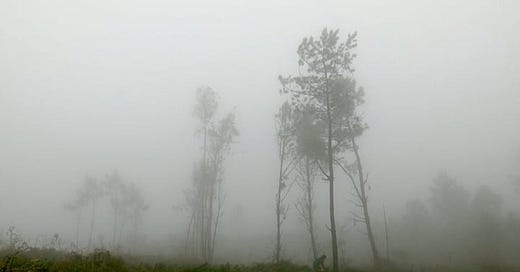‘Costa da Morte’ is a Starkly Beautiful Film About Nature’s Troubled Relationship With Mankind

Costa da Morte is the best nature documentary of the year, mostly because it has nothing in common with what we typically think of as a “nature documentary.” This isn’t Planet Earth or Disney’s African Cats. There is no informative narration, nor the heartwarming story of an animal family struggling in the wilderness. Yet Costa da Morte is more interest…
Keep reading with a 7-day free trial
Subscribe to Nonfics to keep reading this post and get 7 days of free access to the full post archives.



